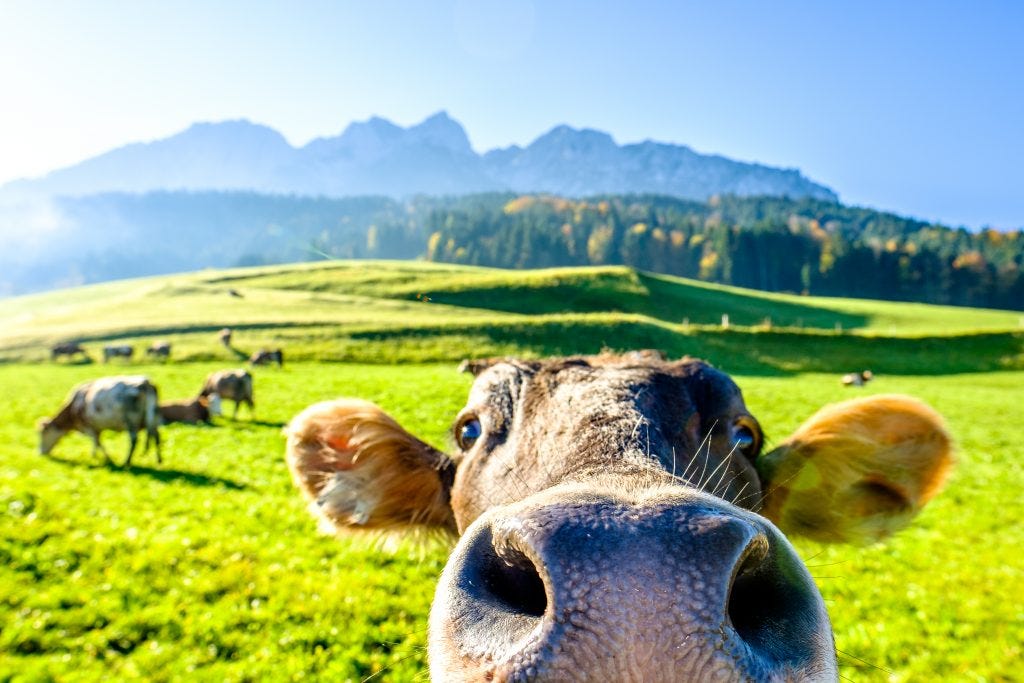Latest news about Bitcoin and all cryptocurrencies. Your daily crypto news habit.

Big data is anticipated to deliver a huge impact on farming in the coming years. In this article, we’ll be looking at some of the ways that agricultural businesses are using data to supercharge their operations.
Momentum around data-driven farming is gathering thanks to the use of technology like soil sensors, drones and livestock monitoring gadgets to produce reams of priceless information. The end goal is to help agricultural businesses make better, more informed decisions, allowing them to tap into a range of advantages.
Key to realising its potential lies within the part in the middle; the applications and practices which make sense and use of all this information, creating a new era of ‘smart farming’ for the world to behold.
How is big data being used?
Big data has no shortage of uses within farming. Some of the more prominent include:
Yield prediction
Yield prediction sees the use of mathematical models to analyse data around yield, weather, chemicals, leaf and biomass index among others, with machine learning used to crunch the stats and power the making of decisions. Predicting yields in this way can allow a farmer to extract insight on what to plant as well as where and when to plant it.
The use of sensors for collecting data means that only a small amount of manual work is required to hand each business an instruction manual on how to guarantee the best return from their crops.
According to the International Journal of Computer & Mathematical Sciences, predicting yields in this way should improve the production of crops in countries like India, where population increases represent a very real concern.
Risk management
One area that is becoming all the more influenced by connected devices and algorithms is risk management.
It’s now possible for farmers to leverage a web of big data with a view to evaluating the chances of events like crop failure, and even improve feed efficiency within the production of livestock.
The area of risk management created headlines in 2014 as advice from data scientists to Colombian rice farmers was said to have saved millions in damages caused by shifting weather patterns.
Food safety and spoilage prevention
A critical aspect of modern-day farming — allowing instant detection of microbes and incidents of contamination.
The collection of data around things like humidity, temperature and chemicals will paint a picture of health around smart agricultural businesses. That level of insight should be of interest to organic farmers in the US, whose issues with GMO contamination between 2011–2014 was said to have caused damages of $66,395 per affected business.
Perhaps an earlier detection may have lowered the repair bill, or at least reduced some of the wastage?
Operation/equipment management
Finally, we cannot underestimate the role of big data in aiding various aspects of the everyday running of an agricultural business.
Equipment manufacturers like John Deere have already made a good start with their fitting of sensors around vehicles to aid their providing of data. Farmers can then log into special portals to manage their fleet and maintenance of equipment in order to reduce downtime and keep everything productive.
As more companies provide solutions to aid areas of equipment management and supply chain optimisation, we can expect a much smoother delivery of crops to the market.
Conclusion
Every farmer has a goal for their operation. Some of the more commonly cited are around improving profitability and efficiency, reducing the cost of an operation, or increasing product value.
To achieve each goal, farmers must make better decisions and move beyond the use of general knowledge from research experiments, which can only carry them so far.
No business is the same, and there is now an increasing need for information generated in a location-specific manner, providing a solution which fits in line with what each farmer needs.
Through big data and connected devices, every one of the goals around profitability, efficiency and cost management are not only achievable but completely realistic.
Looking to supercharge your agricultural business? Contact us to see how big data and connectivity can impact your organisation.
Originally published at eleks.com on June 14, 2018.
The Many Practical Uses of Big Data in Agriculture was originally published in Hacker Noon on Medium, where people are continuing the conversation by highlighting and responding to this story.
Disclaimer
The views and opinions expressed in this article are solely those of the authors and do not reflect the views of Bitcoin Insider. Every investment and trading move involves risk - this is especially true for cryptocurrencies given their volatility. We strongly advise our readers to conduct their own research when making a decision.
